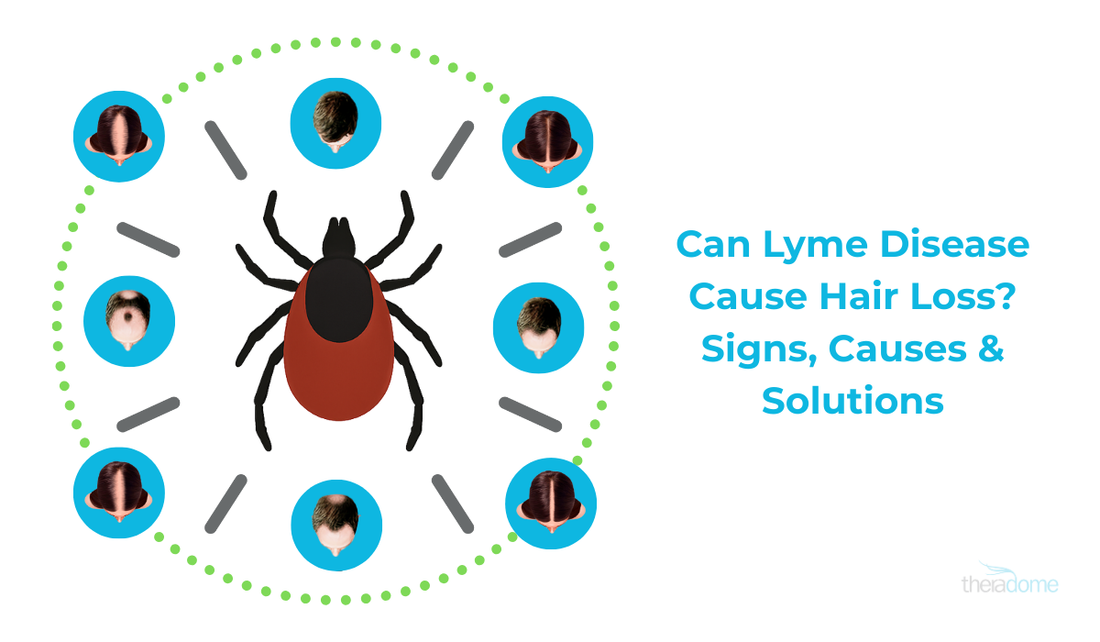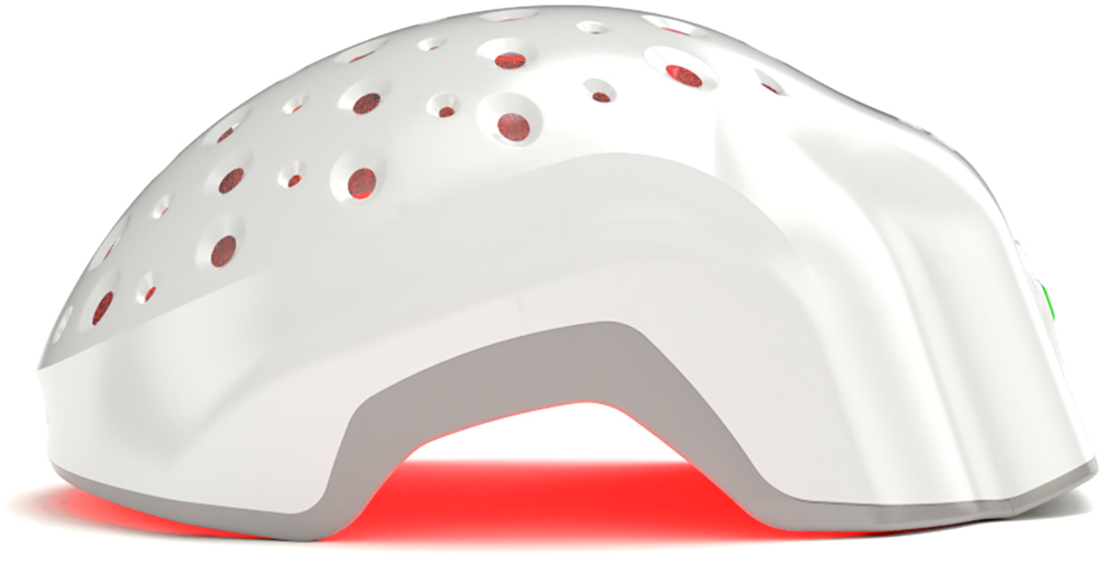Lyme disease doesn’t just mess with your joints, nerves, and patience—it can also leave your hairline raising its own white flag. While it’s not the symptom that gets all the headlines, Lyme disease hair loss is a real and under-discussed side effect of a body under microbial siege. And when your immune system is flipping out over Borrelia burgdorferi, the last thing it cares about is protecting your hair.
So no, you're not crazy if your scalp seems to thin out a few weeks or months after that infamous tick bite. Between the stress, inflammation, nutrient loss, and immune disruption, hair loss from Lyme disease can creep in like the uninvited plus-one nobody warned you about. This guide breaks down what’s really happening, how to spot the signs, and what you can actually do to stop the shedding before it sticks around longer than the bacteria.
What is Lyme Disease?
Lyme disease is a tick-borne illness caused by the bacterium Borrelia burgdorferi. It typically spreads through the bite of infected black-legged ticks—tiny creatures with outsized reputations. While many people think of Lyme as a "joint pain and rash" kind of problem, the real damage runs deeper.
Early symptoms include:
- Fatigue
- Fever and chills
- Erythema migrans (bullseye-shaped rash)
- Muscle aches and joint pain
- Headaches or neurological changes
And while hair loss doesn’t top the symptoms list, it’s a silent addition for some. Undiagnosed Lyme disease left unchecked over time, will only contribute to hair loss.
Does Lyme Disease Cause Hair Loss?
The blunt answer: not directly. Hair loss isn’t a textbook symptom of Lyme—but it’s far from rare either. The real culprit is your body’s reaction to the chaos Lyme creates. It’s like a blend of inflammation, hormonal whiplash, and immune confusion—all of which mess with your scalp more than you’d like to admit.
Specifically, Lyme can trigger telogen effluvium—a condition where stress or illness pushes a large percentage of your hair follicles into their “resting” phase all at once. The result is a delayed, diffuse shedding that shows up weeks or months after the tick bite. So no, you’re not imagining it—Lyme disease hair loss is very real for some, and it’s biologically explainable.
How Lyme Disease May Lead to Hair Loss
Multiple pathways can take you from tick bite to hair shedding. Let’s break them down:
Inflammatory Response
When your body’s locked in an inflammatory war with Borrelia burgdorferi, your hair follicles often become collateral damage. Chronic inflammation increases levels of cytokines—chemical messengers that can disrupt the hair growth cycle and choke off the follicle’s supply lines. That’s a fast track to Lyme disease hair thinning and noticeable fallout.
Nutritional Deficiencies
Lyme isn’t known for being kind to your gut. Nausea, poor appetite, and gut inflammation can interfere with nutrient absorption—especially of hair-critical vitamins like iron, and zinc. Long story short: no nutrients, no new hair. And yes, Lyme disease hair loss symptoms can stem from this nutritional chokehold.
Immune System Disruption
Lyme can throw your immune system into overdrive—or straight into dysfunction. In some people, this imbalance can lead to autoimmune hair loss, where the body mistakenly targets its own hair follicles. The overlap between Lyme disease and alopecia is rare, but it’s real, especially in cases where autoimmune conditions are already lurking in the background.
Stress and Fatigue
Hair loss thrives under stress—and Lyme delivers that in spades. Chronic illness, energy drain, and months of mystery symptoms can jack up your cortisol levels, alter your hormonal balance, and send your hair growth cycle into panic mode. The result is Lyme disease hair shedding that shows up when you least need another problem.
Signs of Hair Loss Related to Lyme Disease
- Sudden or increased daily shedding
- General scalp thinning, not patchy loss
- Hair that doesn’t seem to grow back after shedding
- Dry, brittle hair texture
- Slower regrowth months after infection
How to Manage & Treat Hair Loss Caused by Lyme Disease
Treating the Underlying Infection
The first (and most obvious) move is treating Lyme itself. Complete the full course of antibiotics as prescribed by your medical professional. No skipping doses, no "I feel better now" exists. Left untreated, the infection will just keep hammering your system—and your hair.
Nutritional Support
Ask your doctor about blood work and rebalancing low levels of iron, zinc, or vitamin D. Also, eat like your follicles depend on it—because they do. Protein-rich, anti-inflammatory diets help restore the building blocks your scalp’s been starving for.
Stress Management
You can’t "relax your way out" of Lyme, but you can lower your body’s stress signals. That means 7–8 hours of sleep, gentle exercise (like walks, not marathons), and some form of mental reset. Your hair responds to peace. Seriously.
Scalp Care & Hair Growth Products
Avoid stripping shampoos or anything that smells like it was formulated in a lab explosion. Keep your scalp clean and calm. And if your doctor signs off, try laser phototherapy or low-level light therapy like Theradome—a science-backed method to stimulate blood flow and nudge follicles back into gear.
Conclusion
Lyme disease won’t yank your hair out in clumps on day one—but give it time, and it might start working behind the scenes. Whether it’s inflammation, nutrient drain, immune backlash, or unrelenting stress, Lyme disease hair loss is a very real side effect of a body under siege. The good news is it’s often temporary. If you treat the infection, fuel your body, and stay consistent with scalp care, most people see regrowth within months. So yes, the fallout is frustrating. But no, it doesn’t have to be forever. Get ahead of it—and don’t let the tick have the last laugh.






















